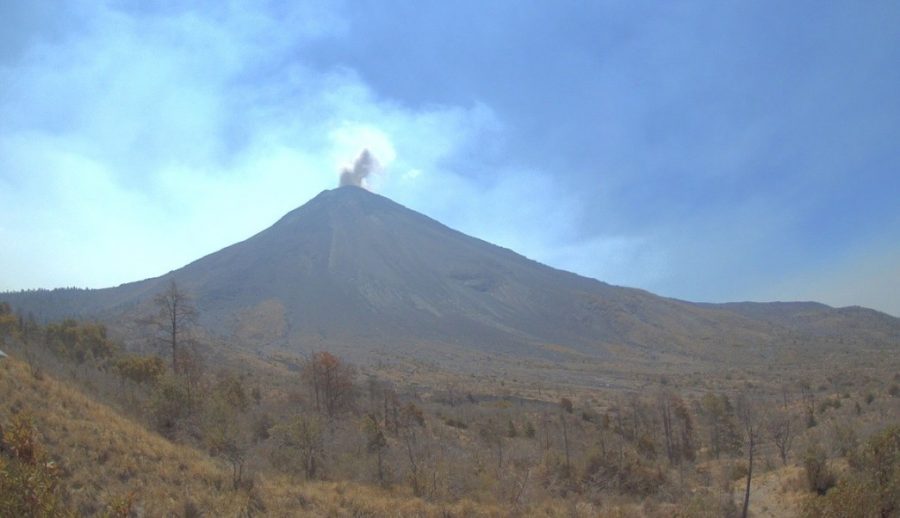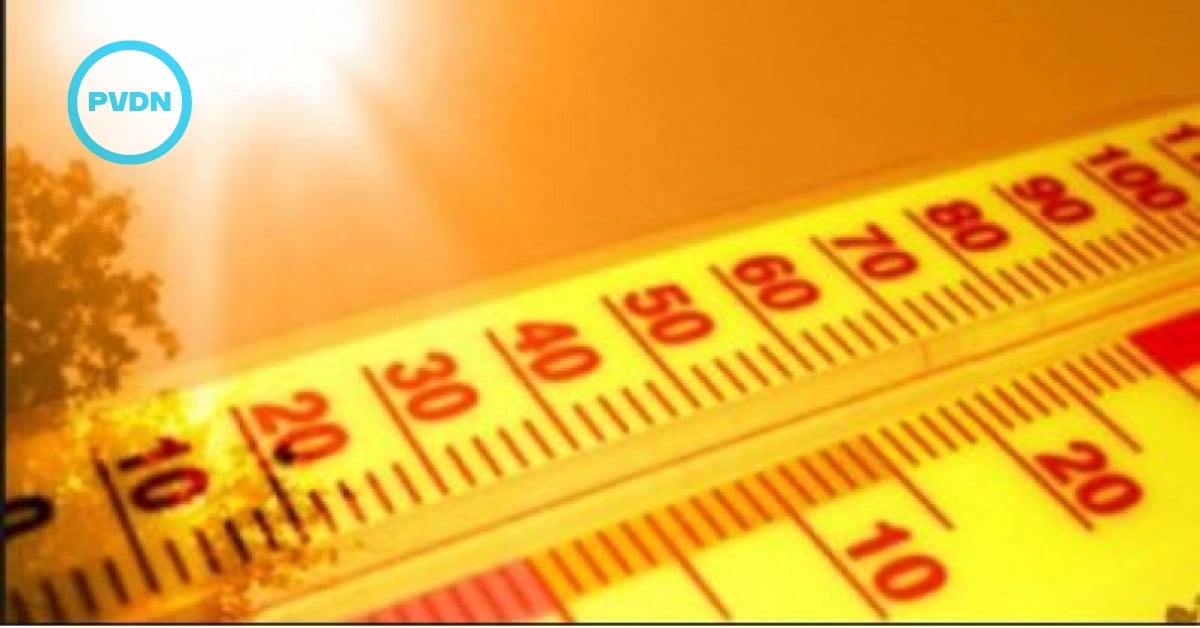Researchers have recorded 6 low-intensity explosions, 14 landslides and constant emanations of water vapor and gases in recent days at the Colima Volcano. On April 26, after 26 months of inactivity, the volcano increased its seismic activity considerably. On May 11 an explosion occurred that started the crater breaking. One month later, on June 11, another explosion occurred that could be captured by the thermal camera of the University Center fo…
Keep reading with a yearly subscription
Subscribe to Puerto Vallarta News to gain access to this article and thousands more! Download our app, comment on articles, and limited ads for a more pleasurable read.
Subscribe NowAlready a subscriber? Sign in






